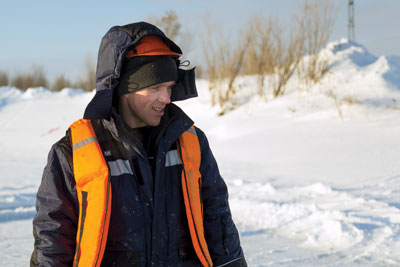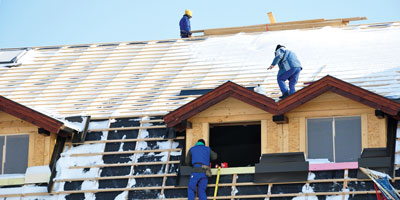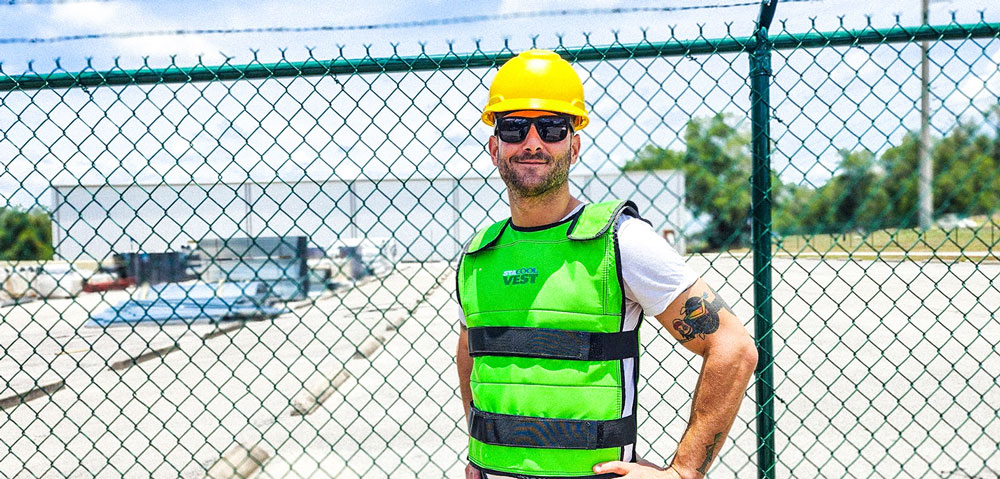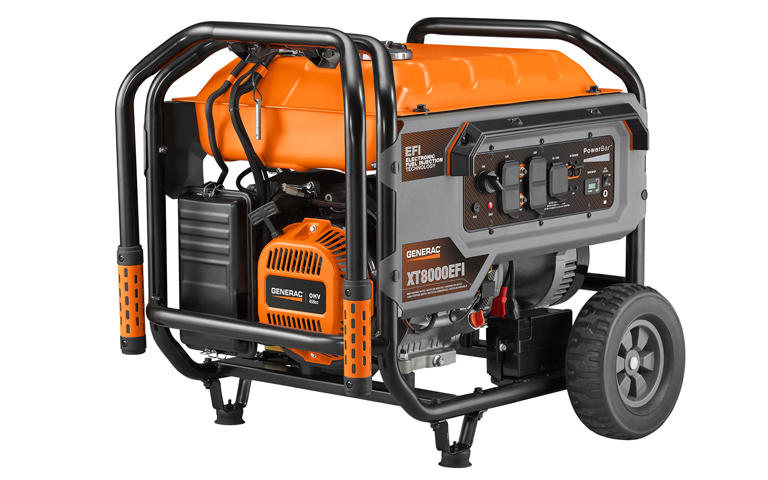When temperatures drop, the risks for cold stress injury increase. Cold temperatures and wind chill cause heat to leave the body more quickly, putting workers at risk of cold stress. In colder temperatures, it’s important to know the dangers and the symptoms of cold-related injuries.
Those who work outdoors should be on the lookout for dangerous cold stress-related symptoms that could result in illness and injuries such as hypothermia, frostbite, trench foot, chilblains, dehydration, and sunburn. The National Institute for Occupational Safety and Health (NIOSH) has created helpful outdoor work information to identify cold stress illness and injuries, their symptoms, and first aid steps to stay safe. NIOSH also has a list of general suggestions to help workers prepare for cold weather work.
Hypothermia
When exposed to cold temperatures, the body loses heat faster than it can be produced. Prolonged exposure to cold causes internal body temperature to drop, resulting in a condition called hypothermia. Hypothermia affects brain function, making the victim unable to think clearly or move well (i.e., they may be unable to protect themselves from hazards, or experience slips, trips, and falls). This makes hypothermia particularly dangerous because a person may not recognize the symptoms and will be unable to make life-preserving decisions. Symptoms of hypothermia can depend on how long a person has been exposed to cold temperatures and individual variability.
Early symptoms include shivering, fatigue, loss of coordination, confusion, and/or disorientation.

Late symptoms include no shivering, blue skin, dilated pupils, slowed pulse and breathing, and/or loss of consciousness. If hypothermia is suspected, medical assistance should be requested immediately (e.g., call 911).
First Aid:
Take the following steps to treat a worker with hypothermia:
- Alert the supervisor and request medical assistance.
- Move the person into a warm room or shelter.
- Remove any wet clothing.
- Warm the center of the person’s body (chest, neck, head, and groin) first, using an electric blanket if available or create skin-to-skin contact with the person under loose, dry layers of blankets, clothing, towels, or sheets.
- Warm beverages may help increase the body temperature, but do not give alcoholic beverages. Don’t try to give beverages to an unconscious person.
- After the person’s body temperature has increased, keep him/her dry and wrapped in a warm blanket, including the head and neck.
- If the person has no pulse, begin cardiopulmonary resuscitation (CPR).
Frostbite
Frostbite is an injury caused by freezing of the skin and deeper tissues, resulting in the loss of feeling and color in the affected areas. Frostbite can permanently damage body tissues, and severe cases can lead to amputation. Examples of risk factors for frostbite include contact with metal or water, dehydration, diabetes, smoking, alcohol abuse, sedating or judgment impairing medications, and prior history of frostbite.
Symptoms of frostbite include numbness; tingling or stinging; aching; and bluish or pale, waxy skin. During treatment of frostbite and trench foot, avoid rubbing or putting pressure on affected areas, since that can damage tissue.
Workers suffering from frostbite should:
- Get into a warm room as soon as possible.
- Not, unless absolutely necessary, walk on frostbitten feet or toes — this increases the damage.
- Immerse the affected area in warm — not hot — water (the temperature should be comfortable to the touch for unaffected parts of the body).
- Warm the affected area using body heat; for example, the heat of an armpit can be used to warm frostbitten fingers.
- Not rub or massage the frostbitten area; doing so may cause more damage.
- Not use a heating pad, heat lamp, or the heat of a stove, fireplace, or radiator for warming. Affected areas are numb and can be easily burned.
Trench Foot
Trench foot is an injury of the feet after prolonged exposure to wet and cold-related conditions. Trench foot occurs because wet feet lose heat faster than dry feet. To prevent heat loss, the body constricts blood vessels in the feet, and then the skin tissue begins to die. Symptoms of trench foot include reddening of the skin, numbness, leg cramps, swelling, tingling pain, blisters or ulcers, bleeding under the skin, and gangrene (e.g., foot turns purple, blue, or gray).
First Aid:
- Workers suffering from trench foot should:
- Remove shoes/boots and wet socks.
- Dry and warm their feet.
- In later stages, avoid walking on feet as this may cause tissue damage.
Chilblains
Chilblains are the painful inflammation of small blood vessels in the skin that occur in response to repeated exposure to cold but nonfreezing temperatures. Small blood vessels in the skin may become permanently damaged by cold temperatures, resulting in redness and itching during additional exposures. Symptoms of chilblains include redness, itching, possible blistering, inflammation, and possible ulceration in severe cases.
First Aid:
- Workers suffering from chilblains should:
- Avoid scratching.
- Slowly warm the skin.
- Use corticosteroid creams to relieve itching and swelling.
- Keep blisters and ulcers clean and covered.
Dehydration and Sunburn
Just because it is winter does not mean workers are safe from dehydration and sunburn. Be prepared with water or other liquids and sunscreen.
General Recommendations
Being aware of specific types of cold stress is important, but there are also general outdoor worker tips to keep in mind. Of course, avoiding exposure to extremely cold temperatures is best. When that’s not possible, try to schedule work during the warmest hours of the day. When that is not an option, follow these basic tips to keep yourself and your coworkers safe during the winter season.
1. Wear appropriate clothing. In most cases wearing several layers of loose clothing is better than fewer layers. Layering provides better insulation.
Tight clothing reduces blood circulation. Warm blood needs to be circulated to the extremities.
When choosing clothing, be aware that some clothing may restrict movement, causing a hazardous situation. In some situations, where better dexterity is needed or where loose-fitting clothing could be dangerous (around machinery), it may be necessary to go with tighter clothes and fewer layers. Alternatively, workers could temporarily remove layers to complete the tasks and put layers back on to warm up. Make sure to protect the ears, face, hands and feet in extremely cold weather.
Boots should be waterproof, insulated, and meet any other safety requirements. Consider layering socks, too.
Wear a hat; it will keep your whole body warmer. (Hats reduce the amount of body heat that escapes from your head.)
2. Move into warm locations during work breaks; limit the amount of time outside on extremely cold days.
Warm your body up and dry out clothes.
Eat warm snacks and drink warm liquids.
3. Be careful when warming up. Temporary warming shelters can be dangerous. If heated incorrectly, they can cause carbon monoxide poisoning. Because it is colorless, odorless, and nonirritating, carbon monoxide can overcome people without causing symptoms. Do not allow the use of or operate gasoline-powered heaters inside buildings or in partially enclosed areas unless gasoline engines can be located outside away from air intakes. Use of gasoline-powered heaters indoors can cause fatal carbon monoxide accumulation.
4. Keep with you cold weather gear, such as extra socks, gloves, hats, jacket, blankets, a change of clothes, and a thermos of hot liquid.
5. Include a thermometer and chemical hot packs in your first aid kit.
6. Avoid touching cold metal surfaces with bare skin.
7. Monitor your physical condition and that of your coworkers. Work with a buddy. If this isn’t possible, a supervisor should routinely observe workers for cold stress symptoms.
More information on outdoor workers and cold stress can be found on the NIOSH website at: www.cdc.gov/niosh/topics/coldstress/. GSCB
Primary source: NIOSH [2019]. Preventing cold-related illness, injury, and death among workers. By Jacklitsch B, Ceballos D. Cincinnati, OH: U.S. Department of Health and Human Services, Centers for Disease Control and Prevention, National Institute for Occupational Safety and Health. DHHS (NIOSH) Publication No. 2019-113, https://doi.org/10.26616/NIOSHPUB2019113.





















